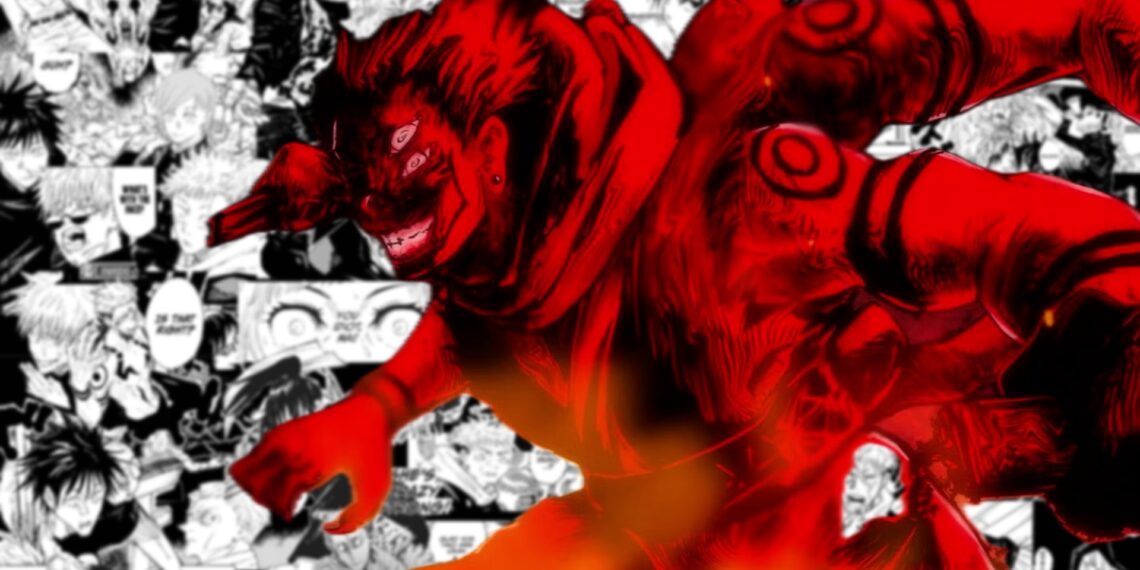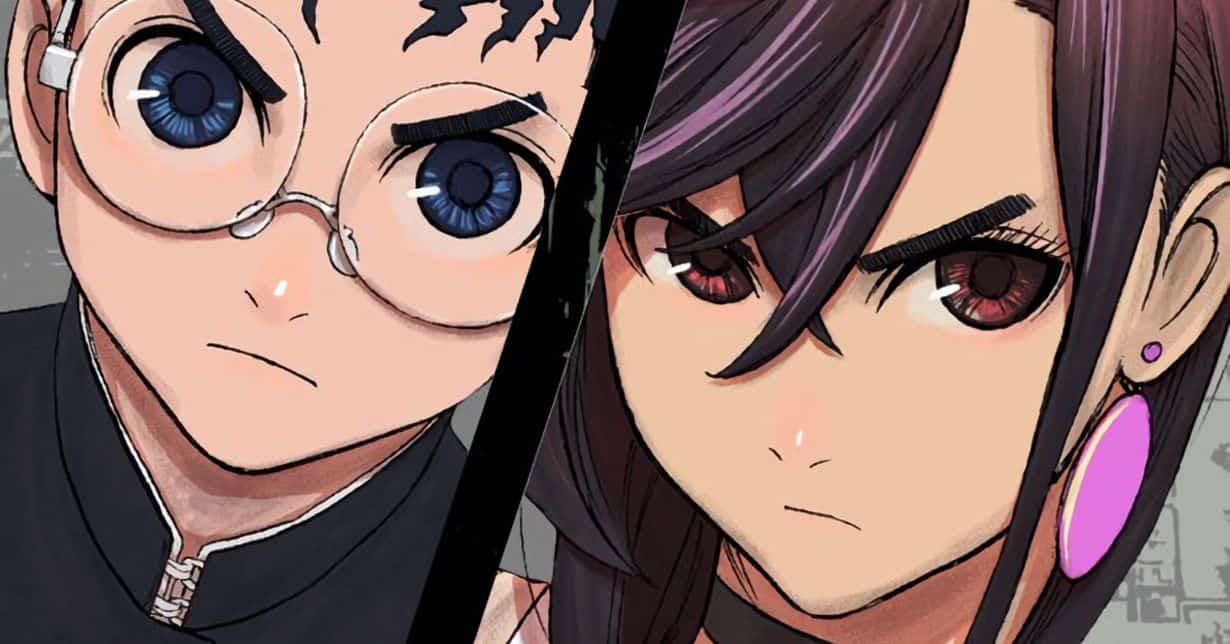The creator of the manga series Jujutsu Kaisen, Gege Akutami, has referred to the powerful curse Ryomen Sukuna as a “natural disaster.” This descriptor underscores Sukuna’s incredibly dangerous and destructive capabilities.
Initially, Akutami used the term “natural disaster” to characterize Sukuna in the Jujutsu Kaisen fanbook. He then made this designation canon within the manga itself in chapter 181.
When this chapter was officially translated into English by VIZ Media, they chose the word “calamity” rather than “natural disaster” to convey Sukuna’s threat level.

Regardless of the exact terminology, Akutami has made clear through official supplementary content and the manga plot that Sukuna possesses apocalyptic levels of power.
His strength and penchant for mass destruction legitimize descriptors that place him on par with catastrophes like earthquakes or tsunamis. Sukuna fully earns his fearsome epithets as the “King of Curses” through abilities bordering on cataclysmic.
Jujutsu Kaisen’s ‘Natural Disaster’ – Unleashing Cataclysmic Power
Fans of Jujutsu Kaisen like @Creatormigraine have defended characterizing Ryomen Sukuna as a “natural disaster” based on his extraordinarily destructive capabilities.
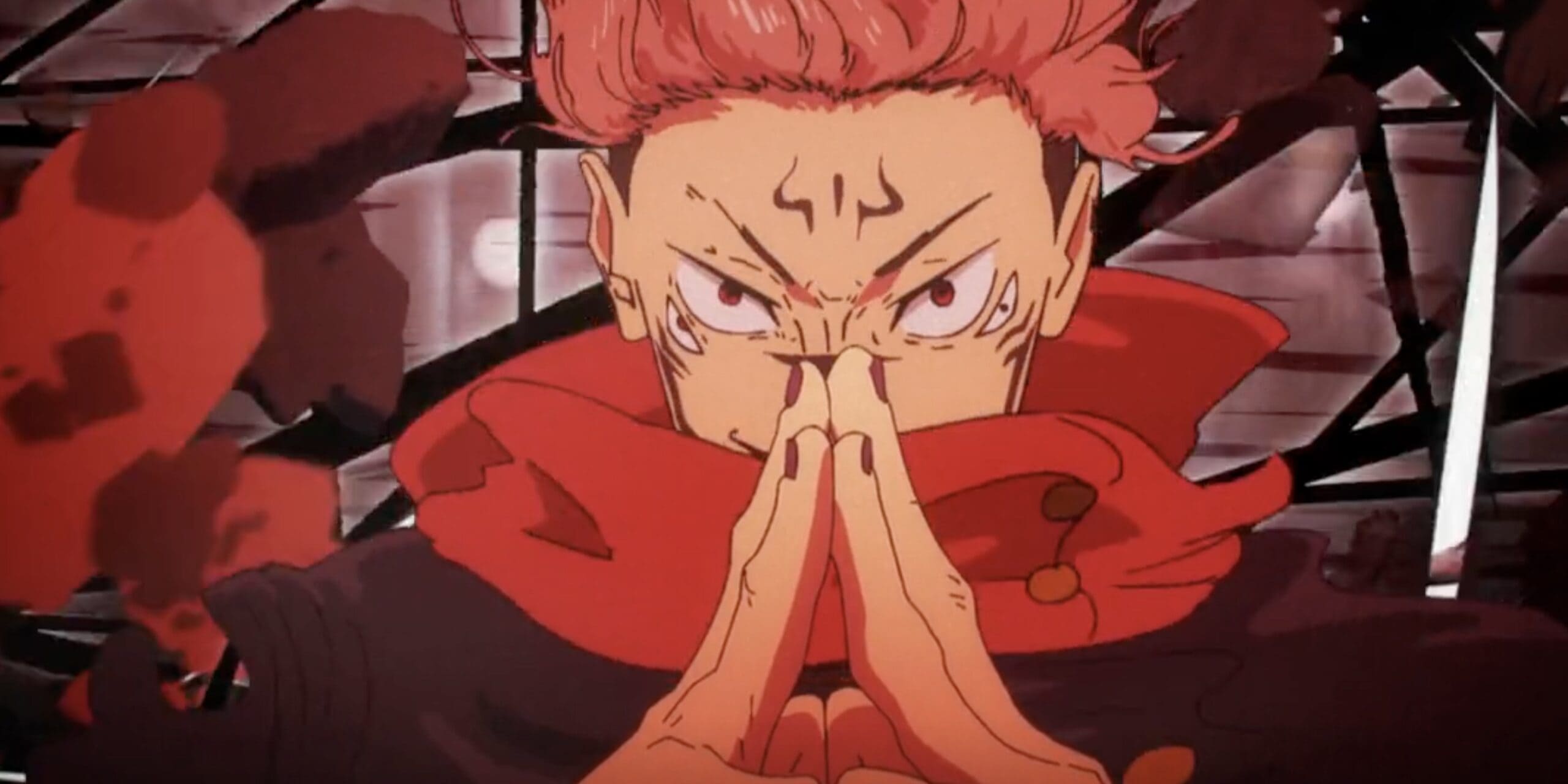
Even as a human, Sukuna possessed a unique level of power that earned him the title “King of Curses.” His strengths place him in a class of his own that exceeds even the most threatening present-day disasters.
A prime example of Sukuna’s catastrophic potential is his “Malevolent Shrine” Domain Expansion.
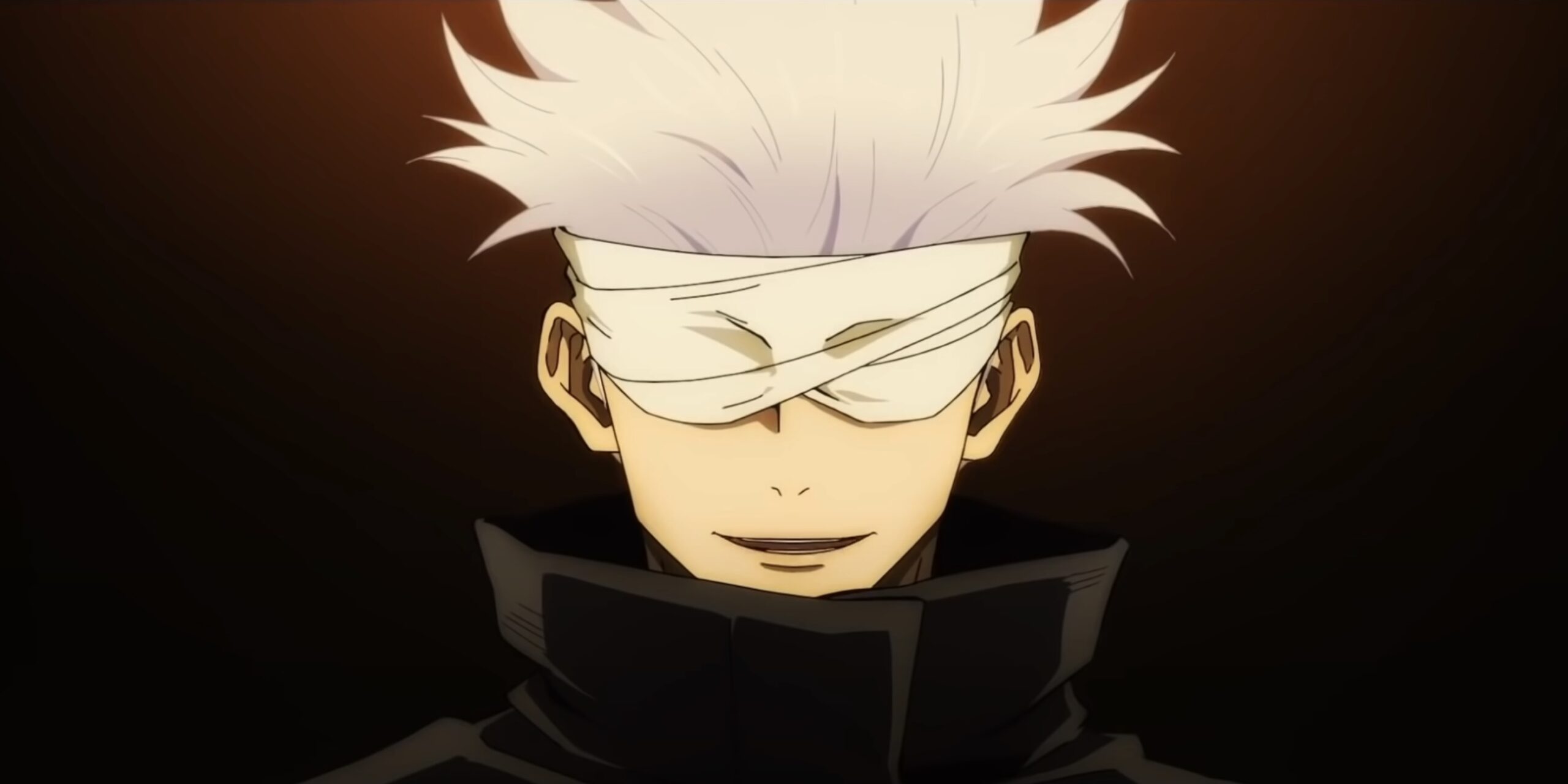
This technique unleashes a merciless storm of attacks that completely obliterates anything within range, whether living or inanimate. Its raw devastation mirrors that of apocalyptic natural events like hurricanes or explosions.
Sukuna has repeatedly demonstrated a willingness to indiscriminately eliminate anything before him using abilities like Malevolent Shrine. He holds no regard for preserving life or infrastructure.
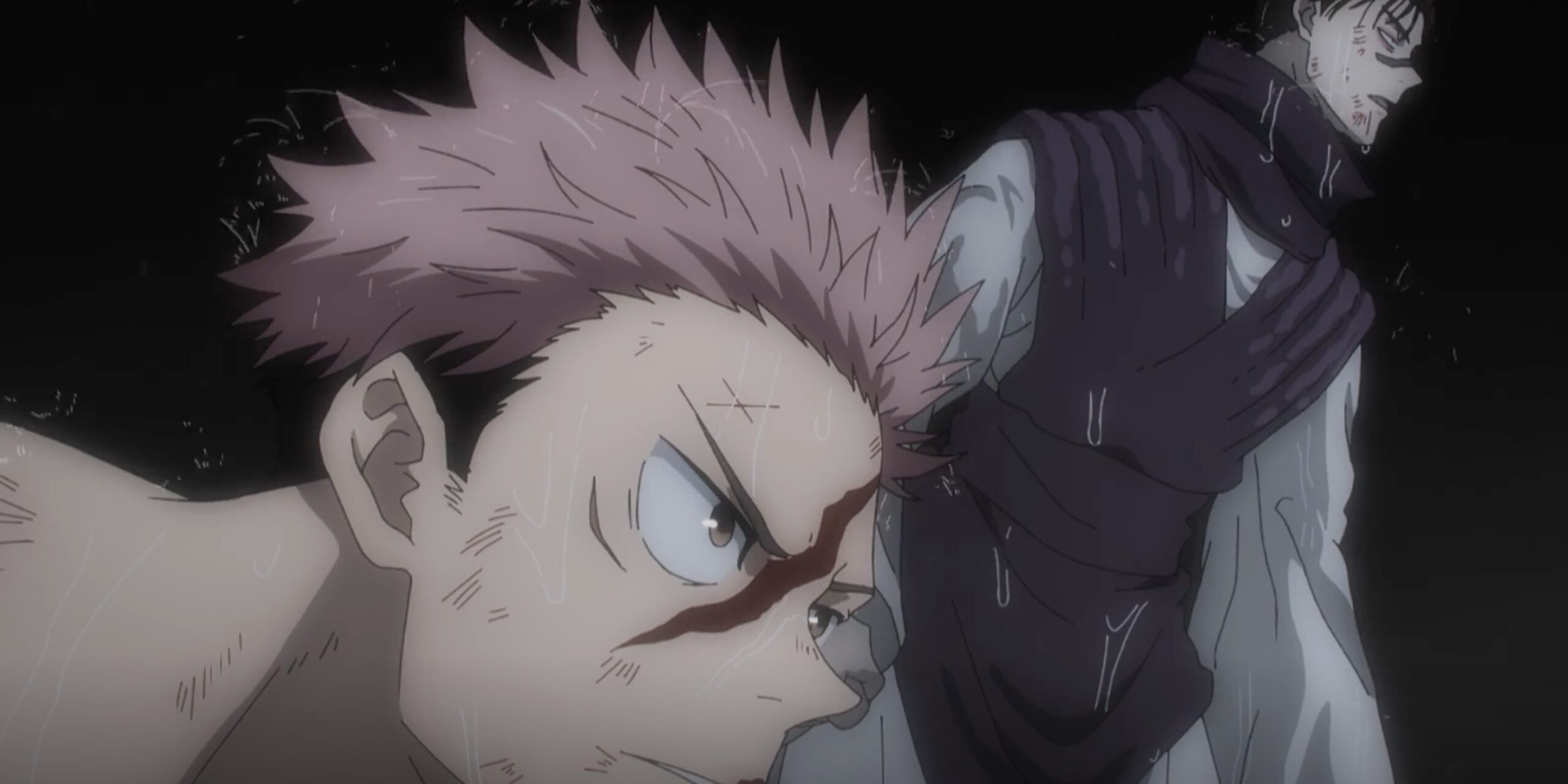
This combination of colossal destructive might and lack of empathy for destruction makes the comparison to natural disasters quite apt.
Just as storms and tidal waves leave nothing but ruin in their wake, Sukuna leaves only death and the elimination of all traces of civilization where he goes. His capabilities and disposition easily make him the curse equivalent of a cataclysmic force of nature.
Dual Nature of Destruction and Renewal
While destructive storms rightfully strike fear in those in their path, they can also have some positive impacts, especially in arid regions deprived of regular rainfall.
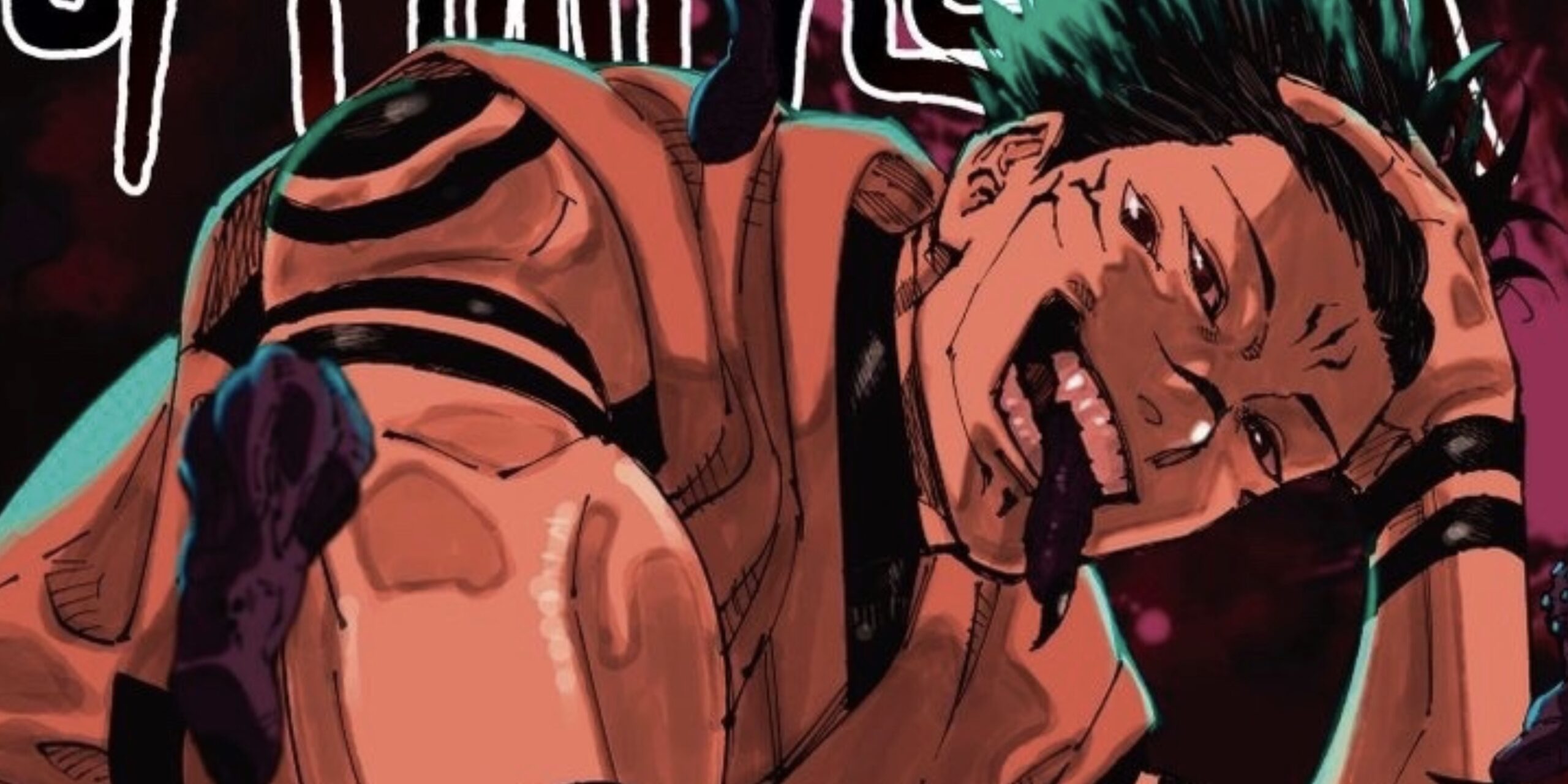
The rains that accompany powerful storms allow new plant life to take root and thrive in areas where growth was previously hindered by drought.
This can ultimately facilitate agricultural development and prosperity after the initial onslaught.

In this vein, Sukuna’s apocalyptic capabilities could also be likened to the Hindu god Shiva the Destroyer. Shiva is known for annihilating and reshaping the universe at the end of each cosmic epoch.
This allows for the endless cycle of death and rebirth to continue.
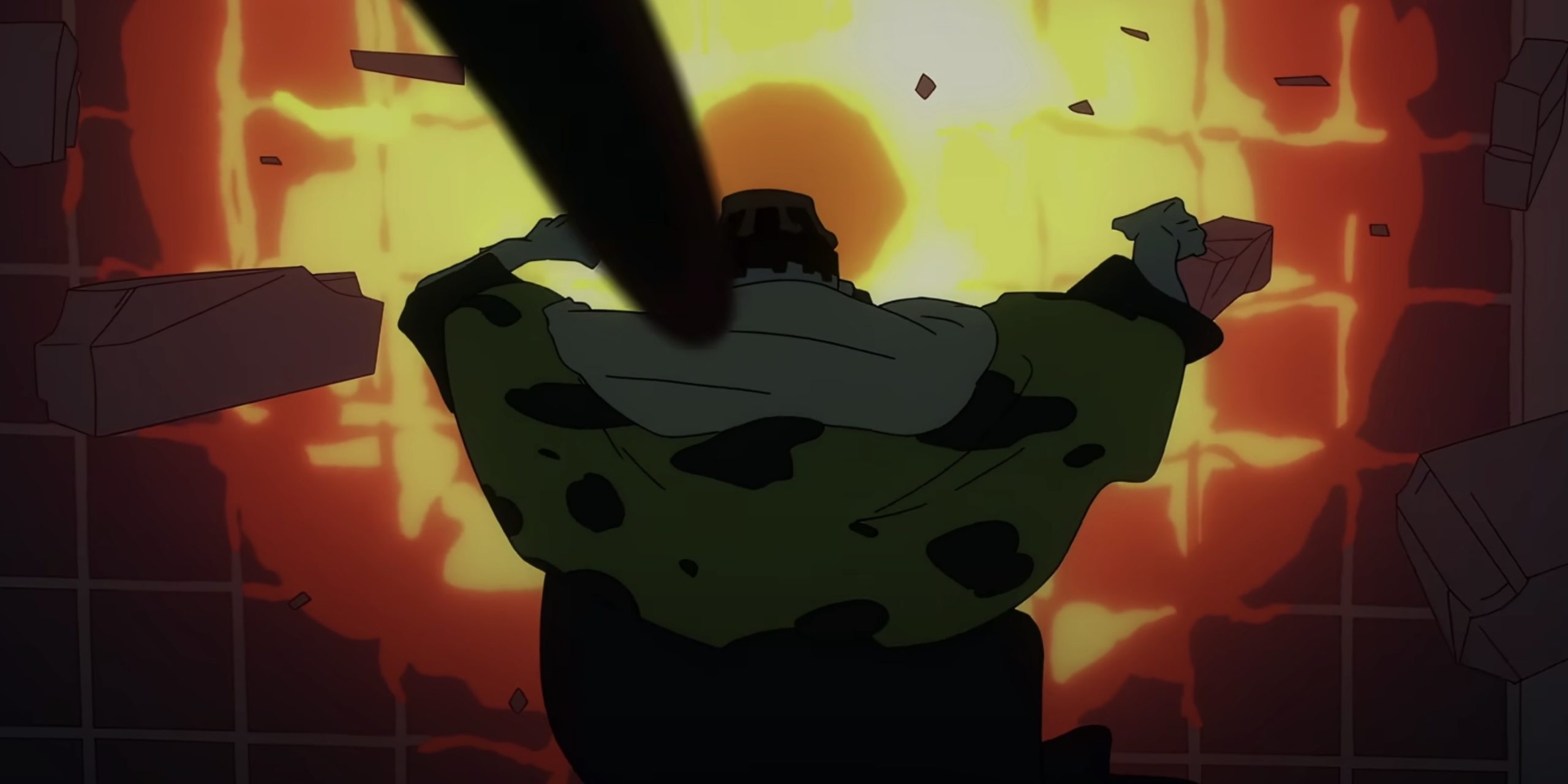
Just as Shiva’s destruction enables renewal on a cosmic scale, Sukuna’s overwhelming power essentially razes the landscape, after which new life can eventually emerge from the ruins he leaves behind.
So while Sukuna’s moniker as a “natural disaster” is well-earned due to his potential for sheer obliteration, one could argue his destruction also mimics that of certain deities who demolish as a precursor to reformation.
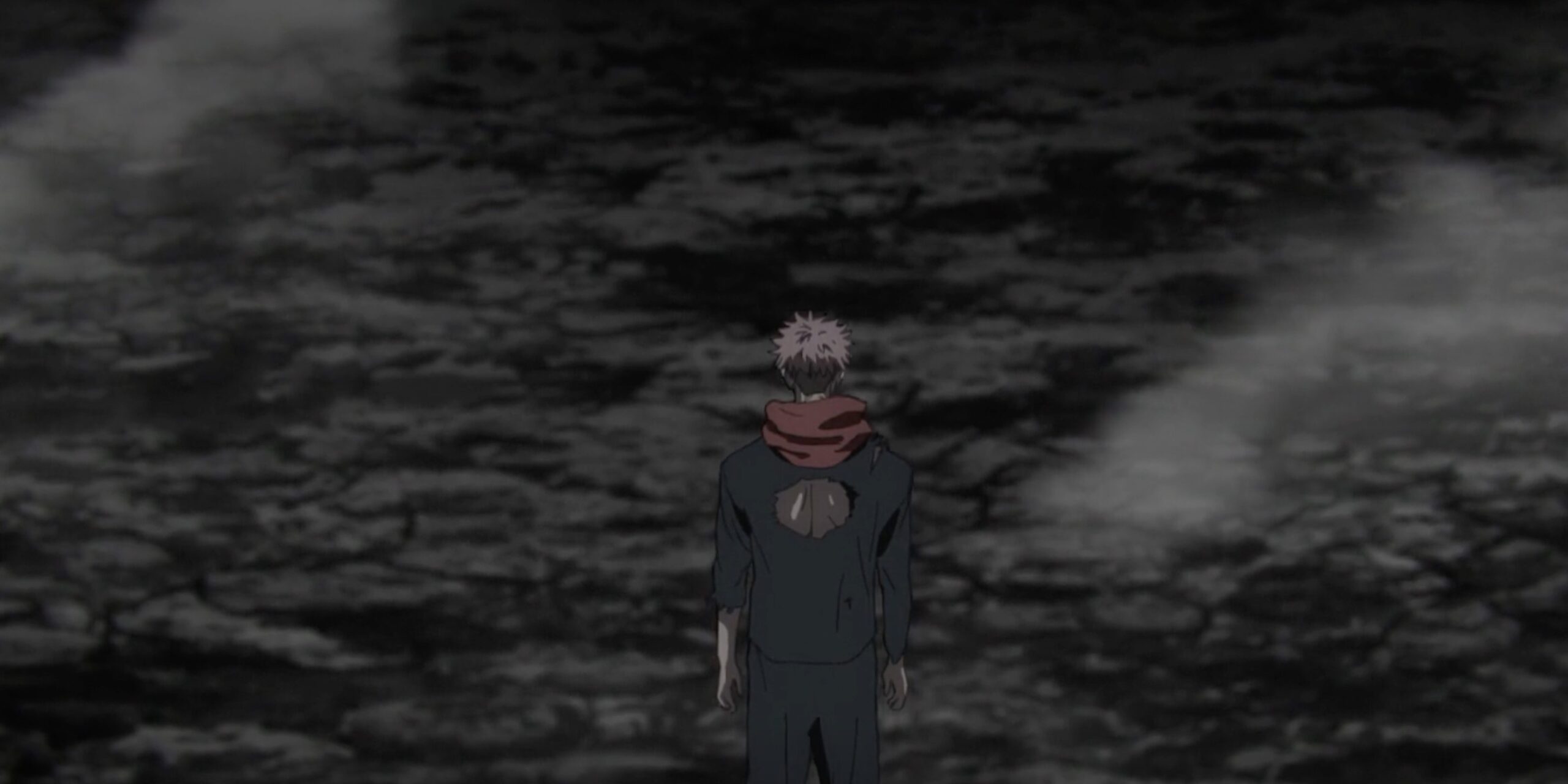
His wake of complete devastation essentially clears the slate, after which the cycle of life can slowly rebuild just as rain restores drought-ridden lands.
This is little consolation for those extinguished in the initial catastrophe, but the following reemergence of life offers some hope.
Catalyst of Chaos and Growth
Considering Sukuna’s destruction enables the eventual rebuilding of society, labeling him a “calamity” is fitting. His carnage essentially serves to stimulate growth after the initial devastation, much like other natural disasters.
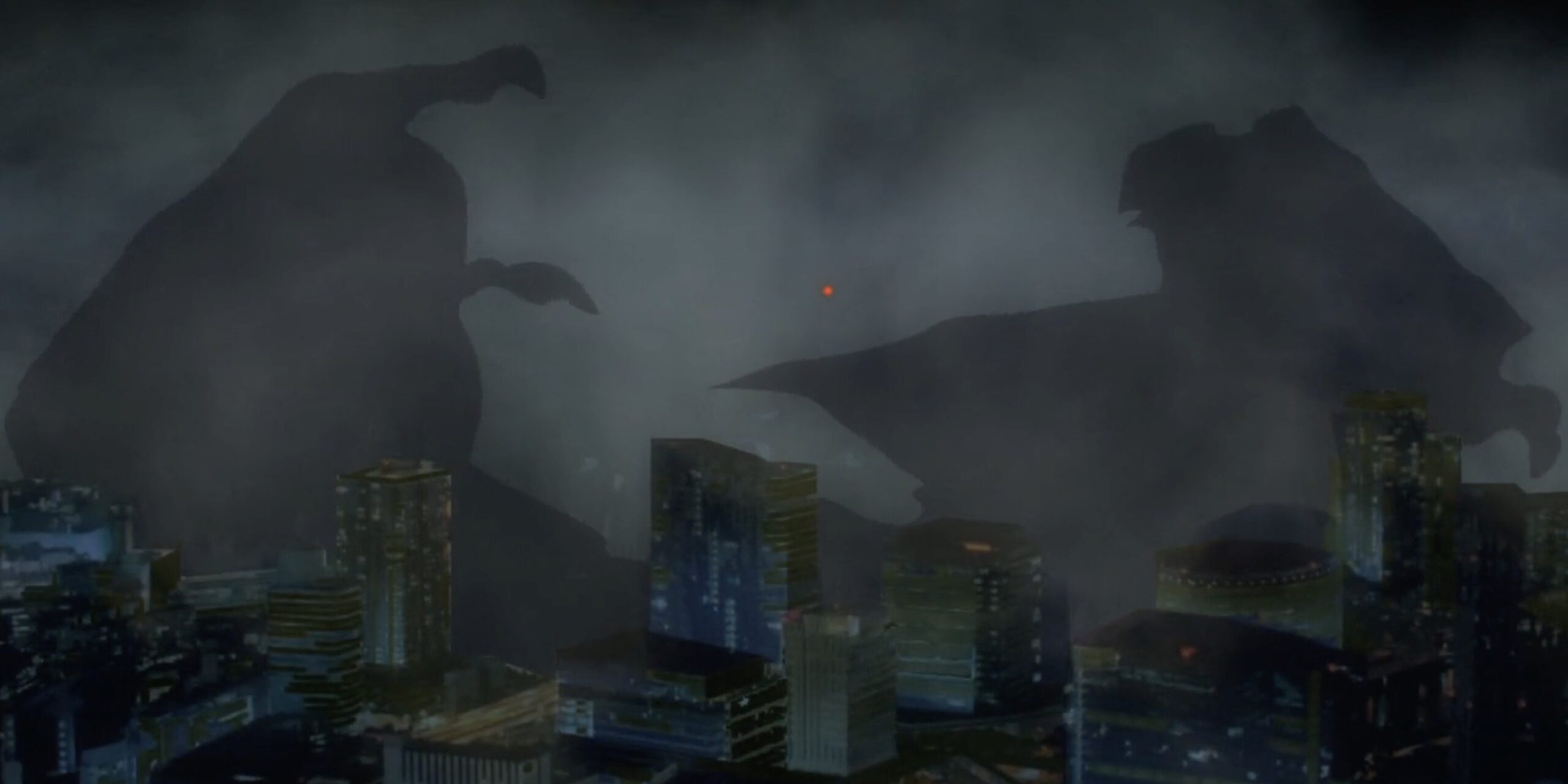
Additionally, Sukuna’s actions have forced the Jujutsu sorcerers to hone their skills in order to oppose him.
With the barrier expert Satoru Gojo out of commission, young sorcerers like protagonist Yuji Itadori finally have the impetus and opportunity to increase their powers for the new age. In a sense, Sukuna’s chaos breeds strength.
There is also speculation about the origin of Sukuna’s existence as a cursed spirit. Even as a human, he possessed prodigious jujutsu talent and fighting ability that likely caused widespread fear.
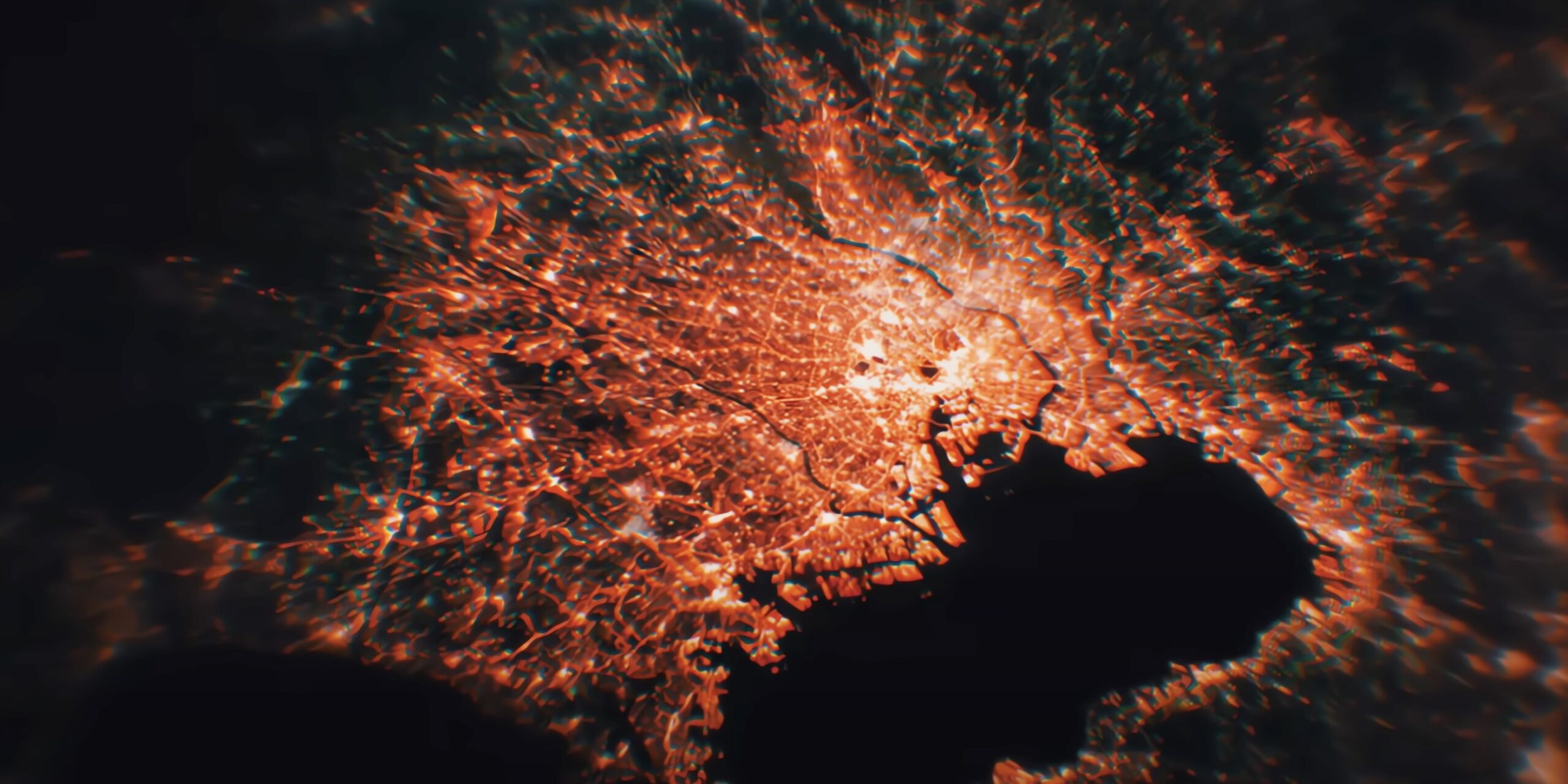
This terror could have ultimately manifested Sukuna as a curse after his physical death, not unlike a natural disaster born of human emotion.
For instance, the volcanic curse of Jogo arose from people’s negative feelings toward erupting volcanoes. Perhaps Sukuna also came into being as a curse due to strong emotions toward the calamity he posed alive.
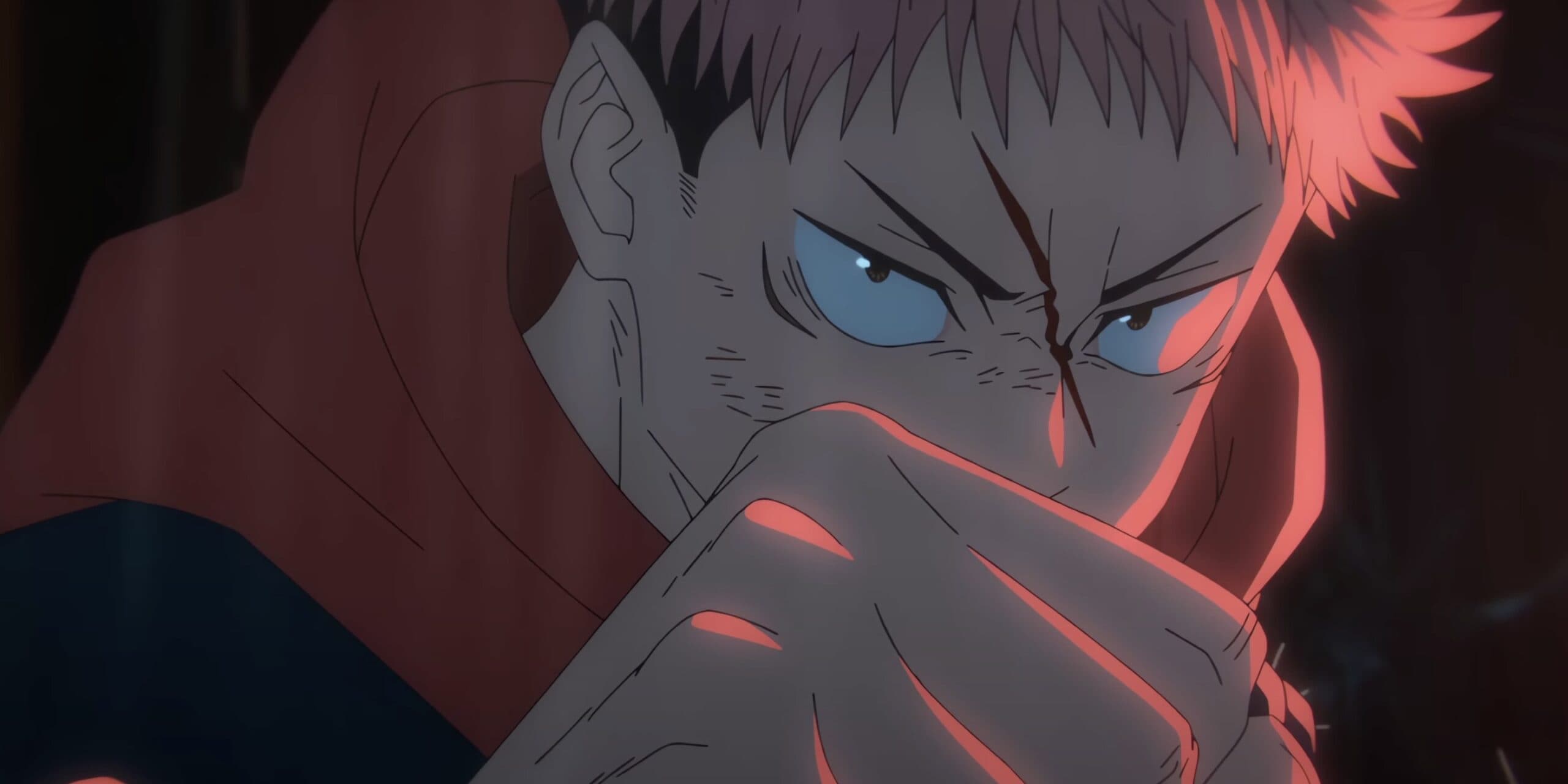
Given parallels to figures like Shiva the destroyer, stimulation of jujutsu sorcerer development after his rampages, and a possible cursed genesis from the apprehension he provoked alive, Akutami’s designation of Sukuna as a “natural disaster” holds merit whether referring to his life or undead existence. The cataclysmic fear and destruction he brings certainly warrant the label.


